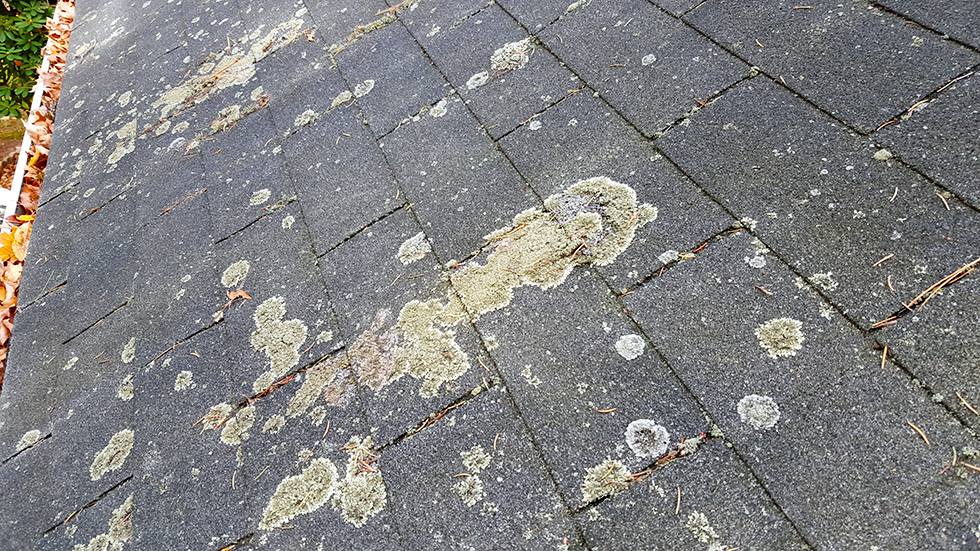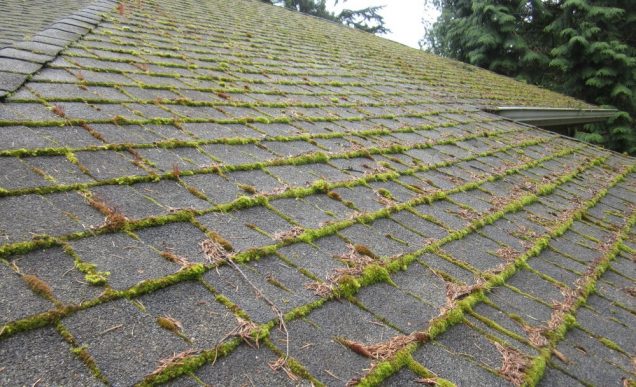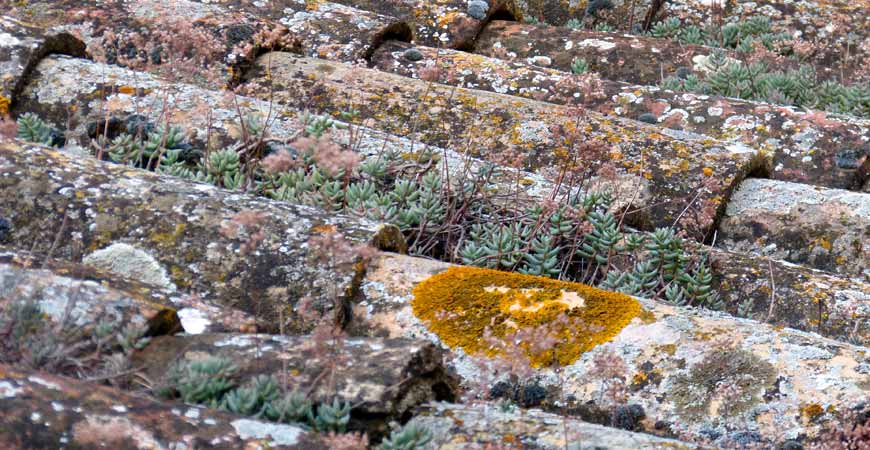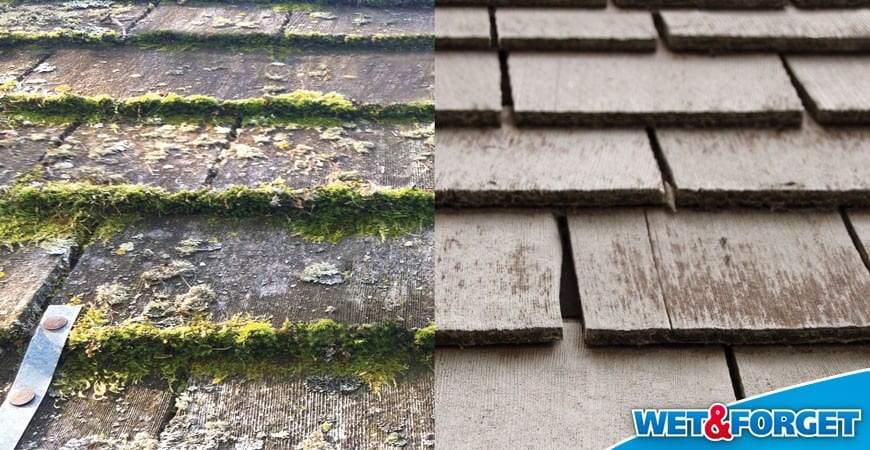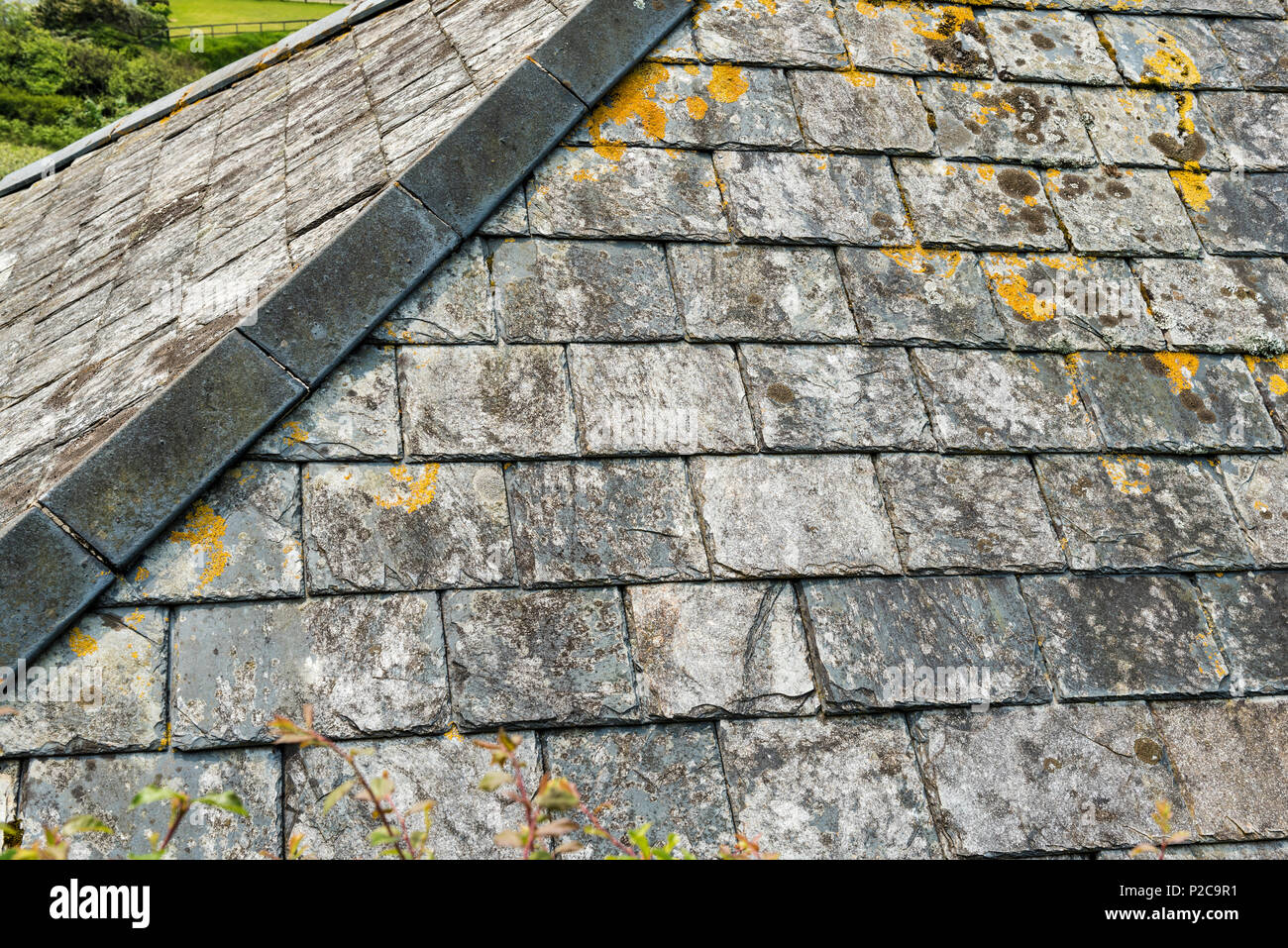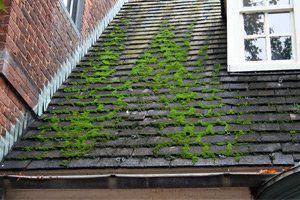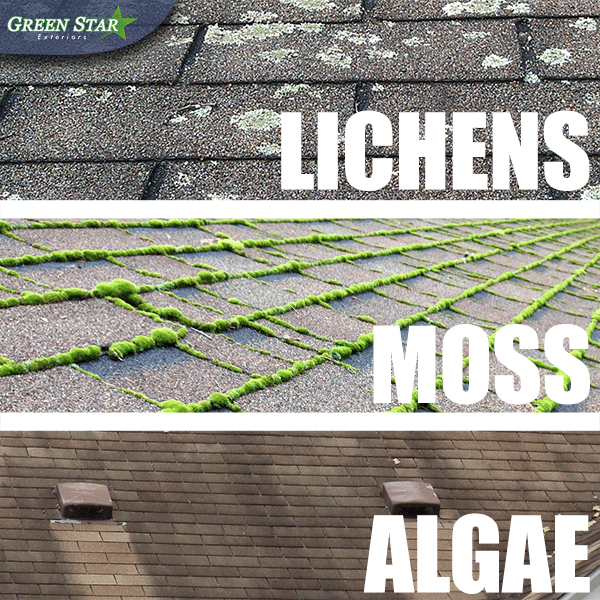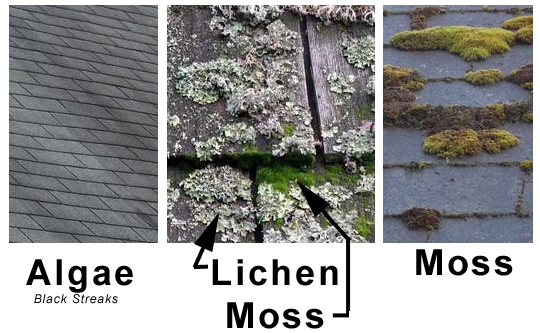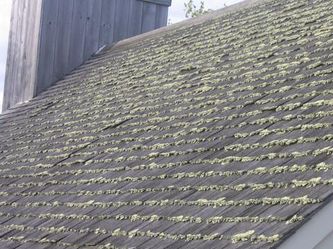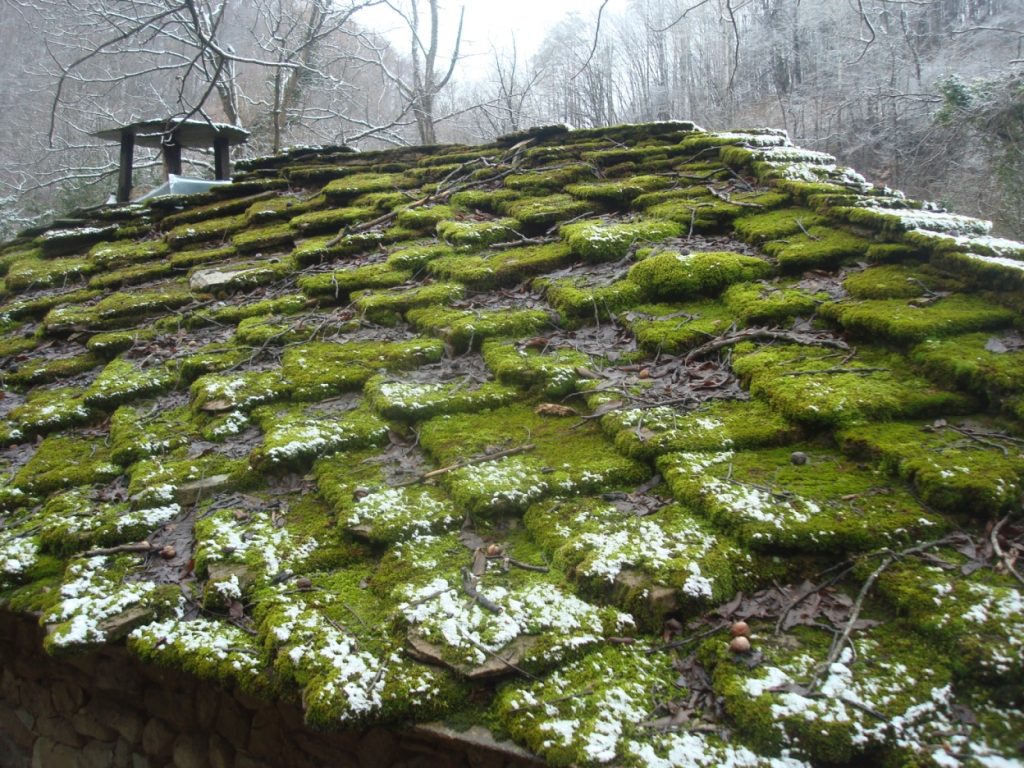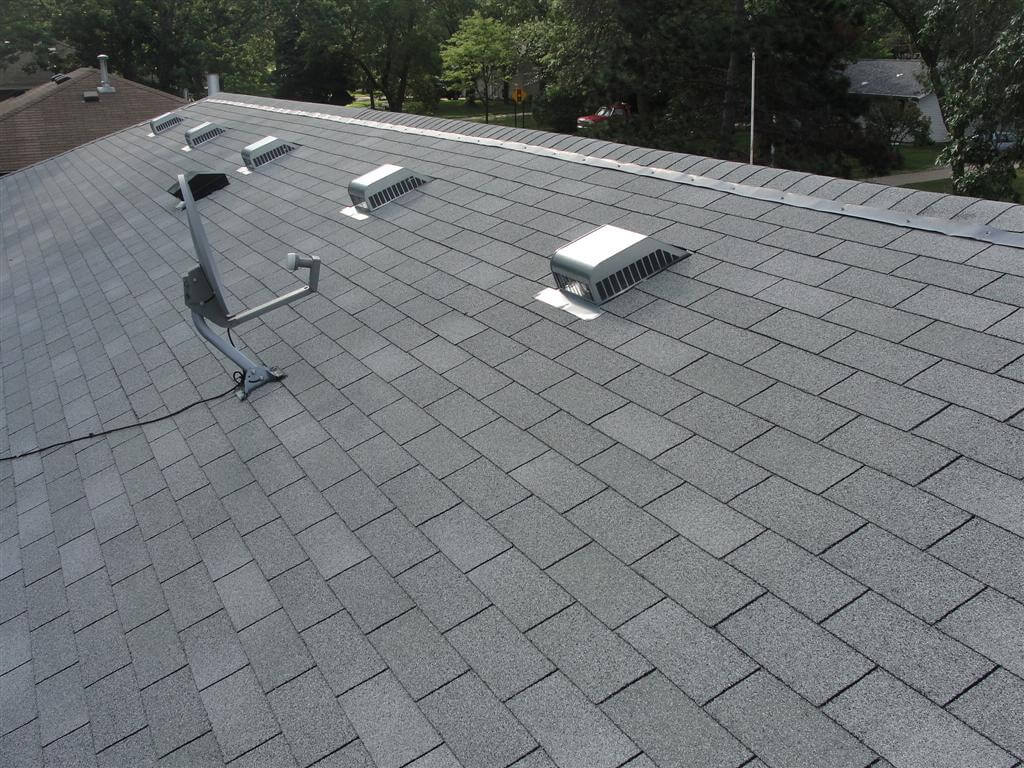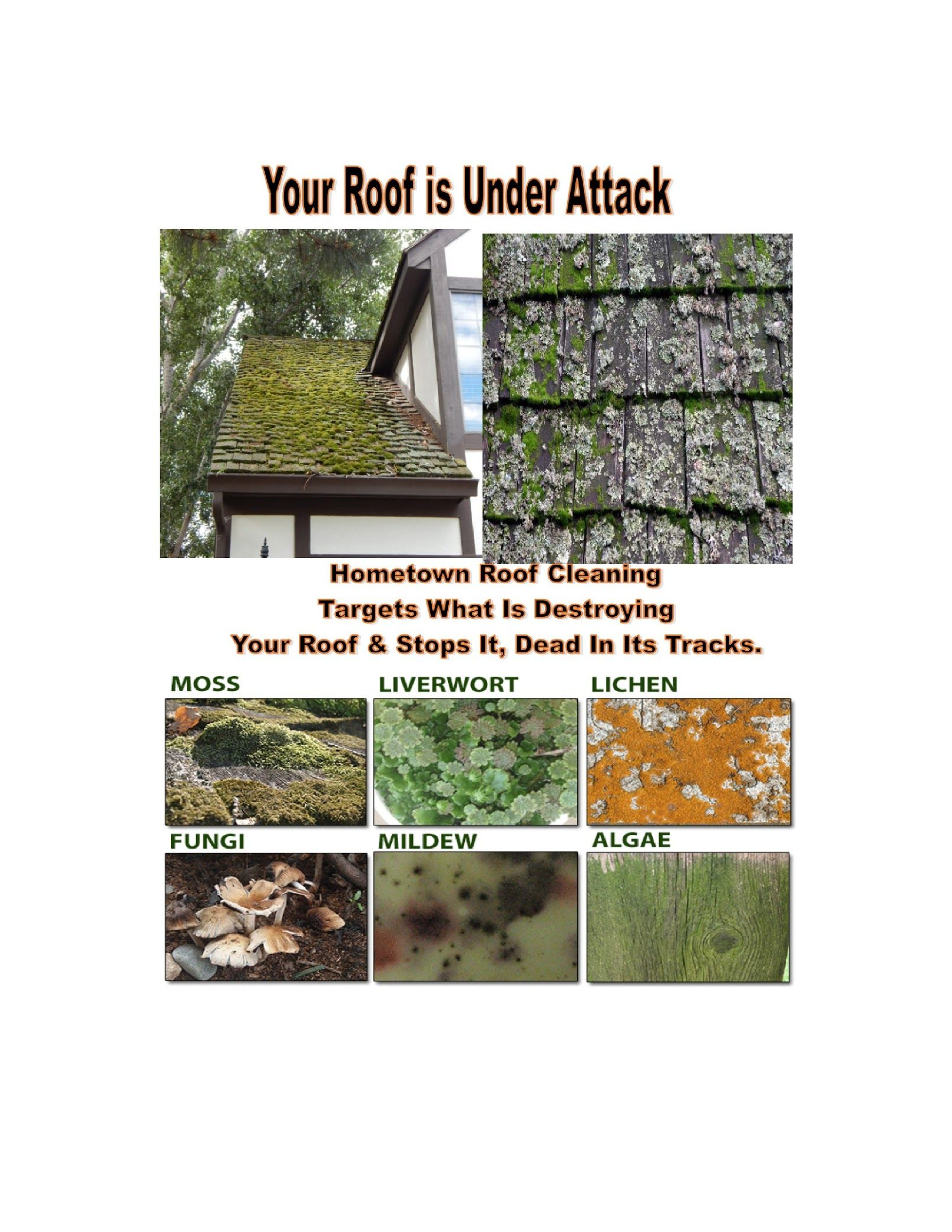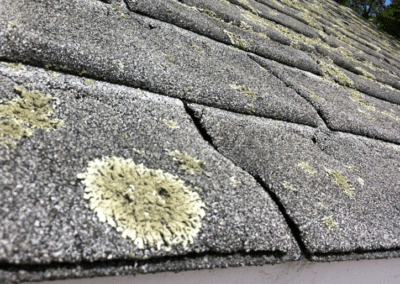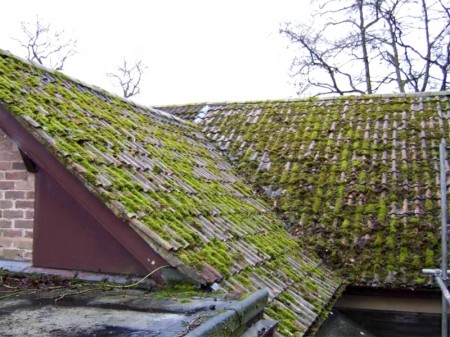Because lichens growing on a roof surface does not have as much thickness of body as moss it will hold less water on the roof surface and is less of a wear factor than moss.
Moss and lichen growth on roof.
Lichen can be a tough growth to remove due to the symbiotic relationship between the fungus and algae.
The more water and the more debris the greater the chance of moss growth.
Moisture and organic debris.
Lichen and green moss growth on a slate roof.
Because moss or lichens growing on a roof surface will hold moisture on the roof longer than other areas these growths can reduce the life of the roof covering.
Moss is darker green much thicker holds more water and also grips into the surface of the shingles.
Moss and lichen tends to flourish on roofs in rural areas where trees are nearby and where there are shady damp conditions.
To remove lichen and.
Another critical factor is the amount of shade your roof receives.
You can remove moss and lichens from your roof by using vinegar as a environmentally friendly weedkiller.
The third most common type of growth on a roof is algae.
Our photographs above show lichens growing on an asphalt roof shingle in situ above left.
Particularly where the roofing materials are asphalt shingles or wood shingles holding water on the roof surface by any means leaves debris moss or lichens speeds up wear on these shingles.
It took over a year for all the growth to die dry up and fall off the roof.
If you notice green white or gray spots on your roof moss and lichen are likely the culprits.
Lichen on terracotta roof tiles is particularly unappealing to the eye and is best handled before it has a chance to cake in and ruin the tiles.
Roof moss and lichen are not only unsightly but can damage the roof over time.
Moss algae and lichen grow on your roof through a combination of two things.
Moss itself is a plant while lichen conisist of a fungus and a photosyntheizing plant living together.
Steeper pitched roofs are less likely to support moss and lichen growth as they shed water more quickly than roofs with a low pitch.
Nothing happened for a couple of months.
Many people try to remove lichen by brushing and scraping it off with abrasive tools.
But the splotches of missing granules where the plants attached themselves is evident.
Then slowly the lichens and moss began to turn brown and gray.
Two years later the roof is lichen and moss free.
When leaves and other material collect on your roof a perfect bed is formed for moss and lichens to grow.
